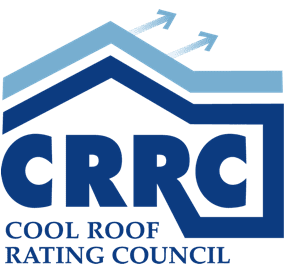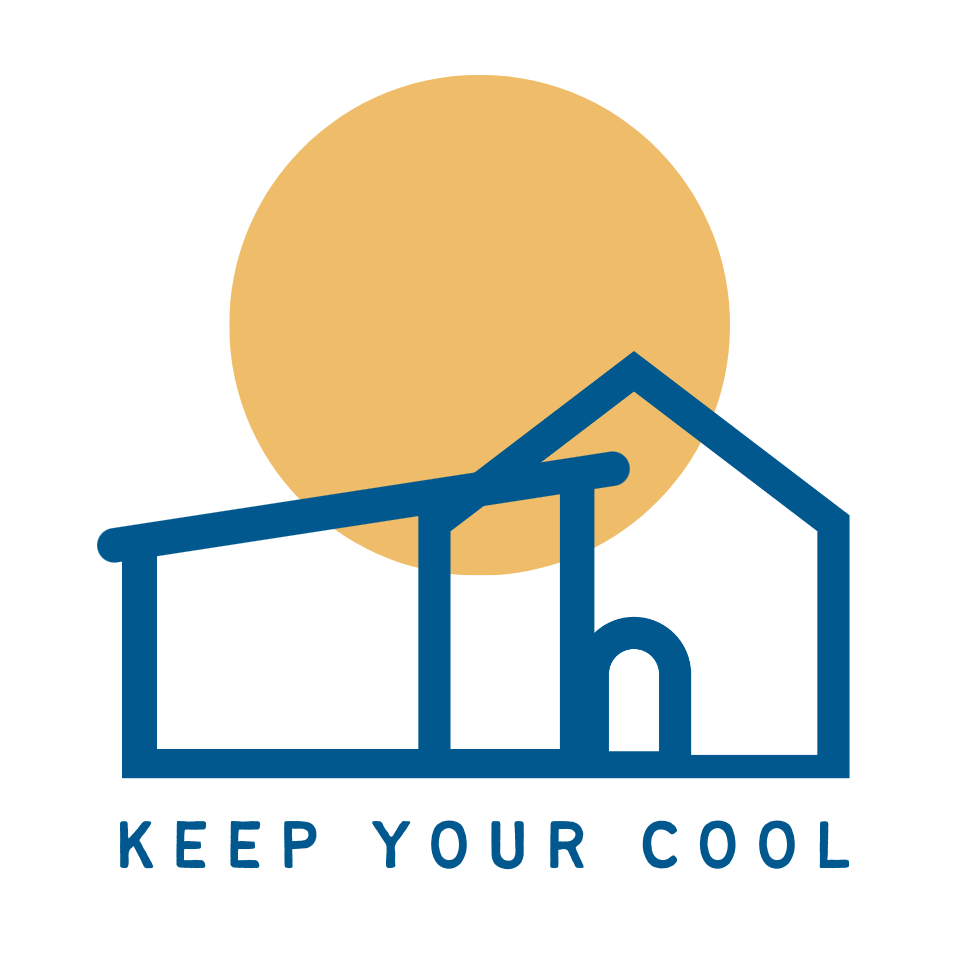Keep Your Cool
Cool Your Home, Cool Your Community, Cool Our Planet
Cool roofs and walls can help many building owners save money while protecting the environment. If you are planning a new building or replacing or restoring an existing roof or exterior wall, cool surfaces should be considered an energy-efficient option. Cool roof and wall products exist for virtually every kind of building exterior.
Just as wearing light-colored clothing can help keep a person cool on a sunny day, cool roofs and walls help to maintain lower building temperatures. Traditional dark roofs and walls can reach temperatures of 150 ºF (66 ºC) or higher in the summer sun. Cool surfaces under the same conditions could stay more than 50 °F (28 ºC) cooler.
Learn more about the Keep Your Cool campaign.
Get involved
 Keep Your Cool is a cool-surface educational campaign for all stakeholders and the general public to communicate how cool roofs and walls keep unwanted solar heat out of our homes, workplaces, and communities and of the many ways this is helpful. This campaign aims to position the selection of cool roofs and walls as no-regret choices whose benefits will grow as the climate warms, as well as highlight opportunities and resources such as demonstration projects, financial incentives, and weatherization resources from utilities and governments.
Keep Your Cool is a cool-surface educational campaign for all stakeholders and the general public to communicate how cool roofs and walls keep unwanted solar heat out of our homes, workplaces, and communities and of the many ways this is helpful. This campaign aims to position the selection of cool roofs and walls as no-regret choices whose benefits will grow as the climate warms, as well as highlight opportunities and resources such as demonstration projects, financial incentives, and weatherization resources from utilities and governments.
If you would like to join the education campaign or demonstrations, please complete this short form.
Learn more about the US Cool Surfaces Deployment Project.
About cool surfaces
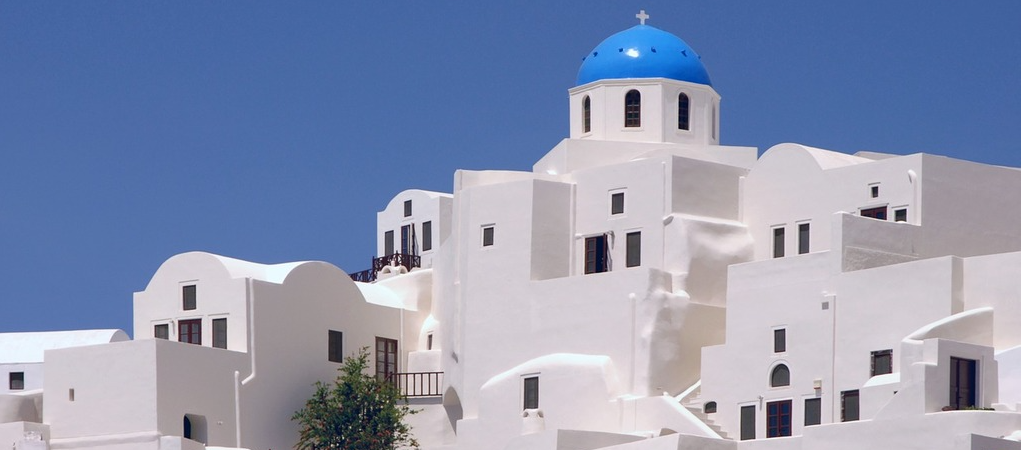 Travel photos from the Mediterranean and the Middle East often show a landscape of homes with white roofs and walls. These are, in fact, cool surfaces and have been a common architectural element for thousands of years. Evidence of cool roofs and walls in vernacular design dates back to ancient Rome and Greece. Although cool roofs and walls are some of the most cost-effective ways to reduce the temperature inside houses during the hot summer, western architecture has yet to adopt them widely.
Travel photos from the Mediterranean and the Middle East often show a landscape of homes with white roofs and walls. These are, in fact, cool surfaces and have been a common architectural element for thousands of years. Evidence of cool roofs and walls in vernacular design dates back to ancient Rome and Greece. Although cool roofs and walls are some of the most cost-effective ways to reduce the temperature inside houses during the hot summer, western architecture has yet to adopt them widely.
The Department of Energy (DOE) initiated research on the benefits of cool roofs for energy savings and reducing urban temperatures during the summer in the 1980s. More than twenty years later, the influence of this research is felt globally as cool roofs now dominate the commercial roofing marketplace in warm and hot climates, partly due to the actions of the state of California. Following the summer of 2001, which saw rolling blackouts, California revised its energy code to mandate cool roofing for most commercial buildings with low-sloped roofs. Today, national and international building energy standards prescribe cool surfaces for low-slope roofs, steep-slope roofs, and exterior walls in certain climates. These initiatives have not only helped public utilities reduce peak demand for electricity but also contributed to averting future power outages, marking a significant step towards global sustainability.
Learn more about cool surfaces.
Benefits of cool surfaces
Cool surfaces provide economic, environmental, and health benefits for residents, property owners, and the broader community.
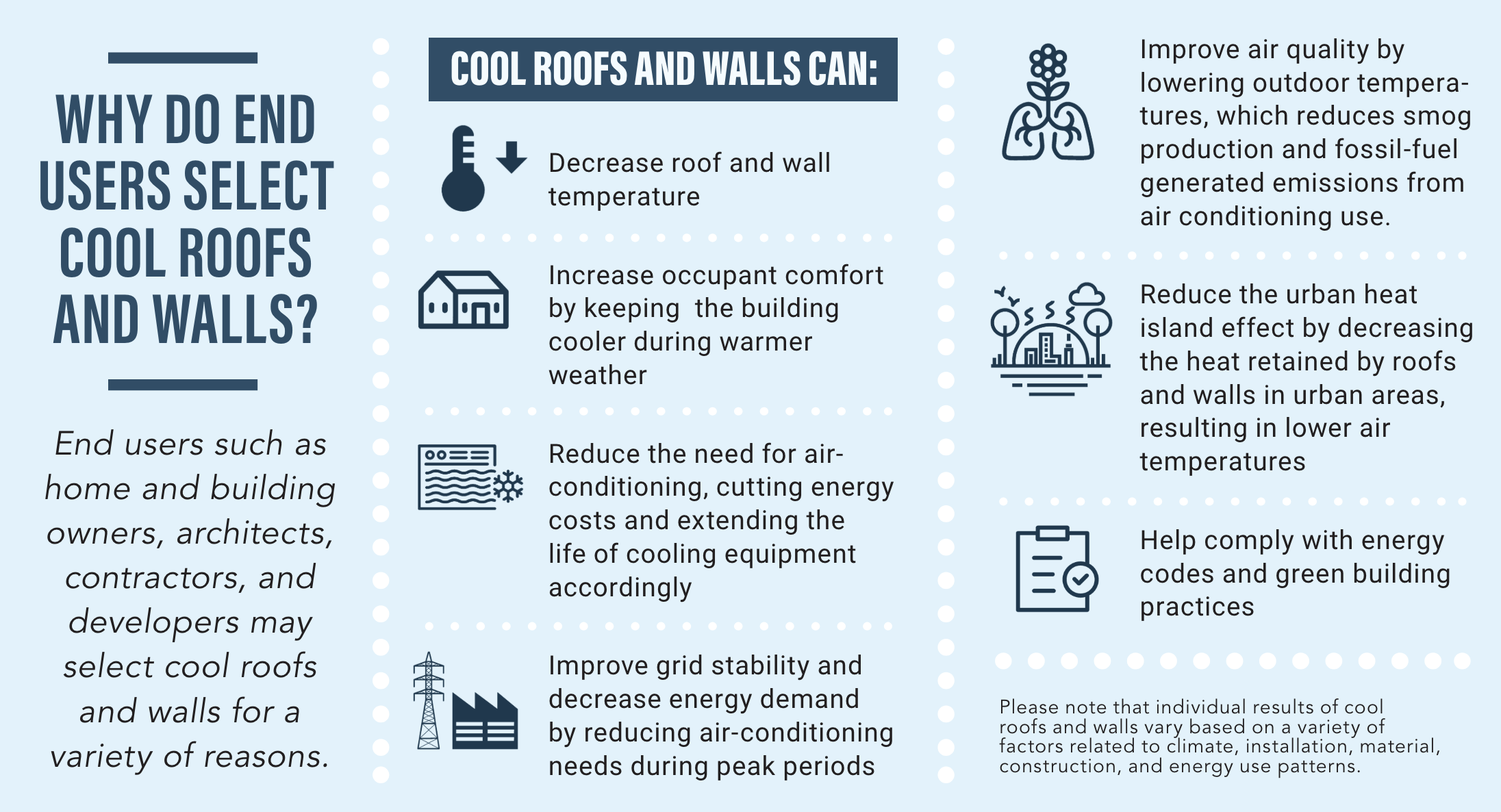 Benefits to your building:
Benefits to your building:
- Reduce energy cost
- Lower indoor air temperature
- Extend service life
- Improve desirability of your property
Benefits to the community:
- Cool outside air
- Slow climate change
- Improve air quality
- Protect public health
- Improve grid stability
- Advance equity
Learn more about the benefits of cool surfaces.
How to buy cool surfaces
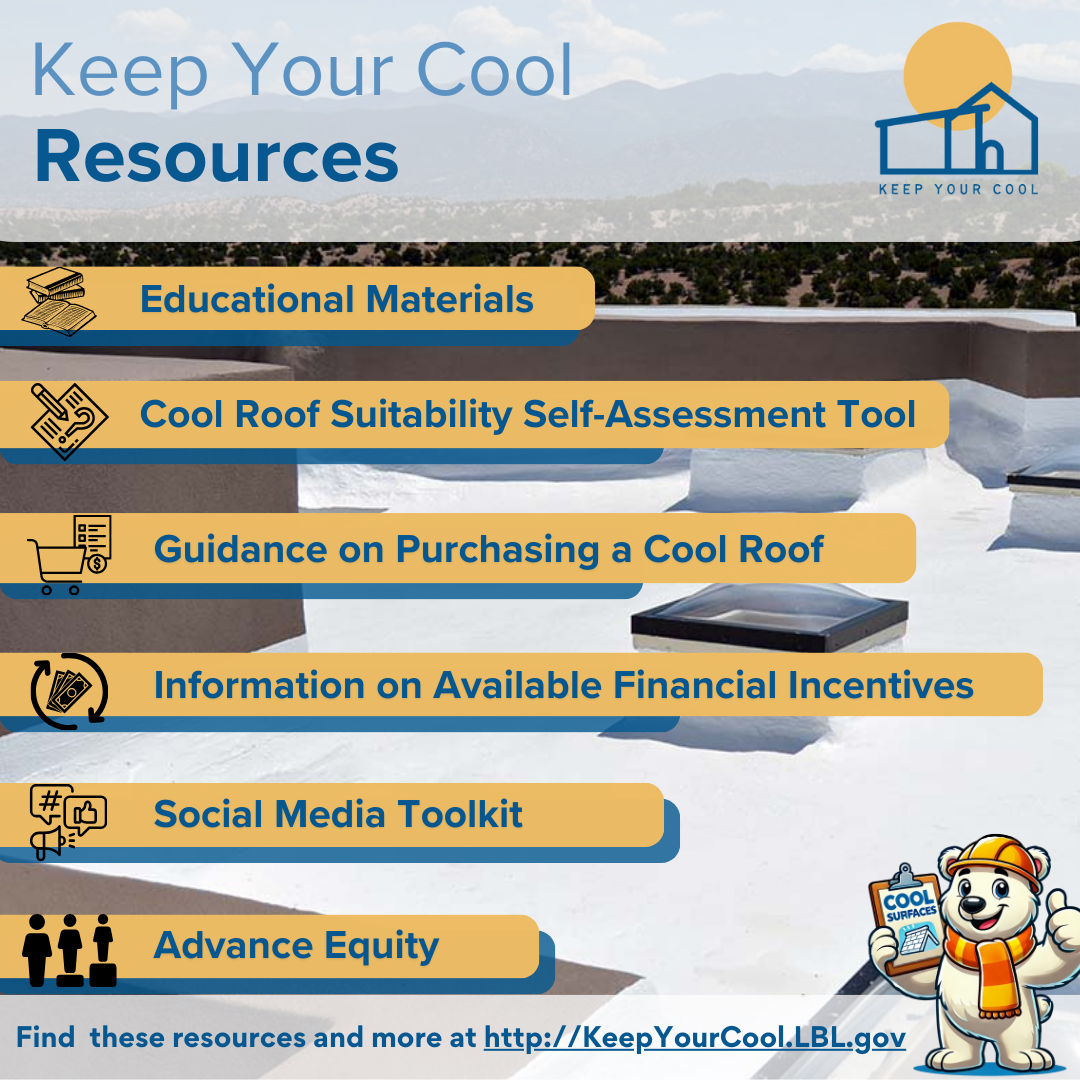 Identifying cool products
Identifying cool products
When shopping for cool roof and exterior wall products, consider your objectives. Are you trying to comply with building codes? Are you trying to meet requirements for a utility rebate or a tax credit? Are you shopping for the “coolest” product? Depending on your objective, learning how to read the labels will help you find a roof or wall product’s “cool” properties.
Explore cool surface resources.
Cool Roof Rating Council
The Cool Roof Rating Council (CRRC) is an independent, non-profit organization that rates the